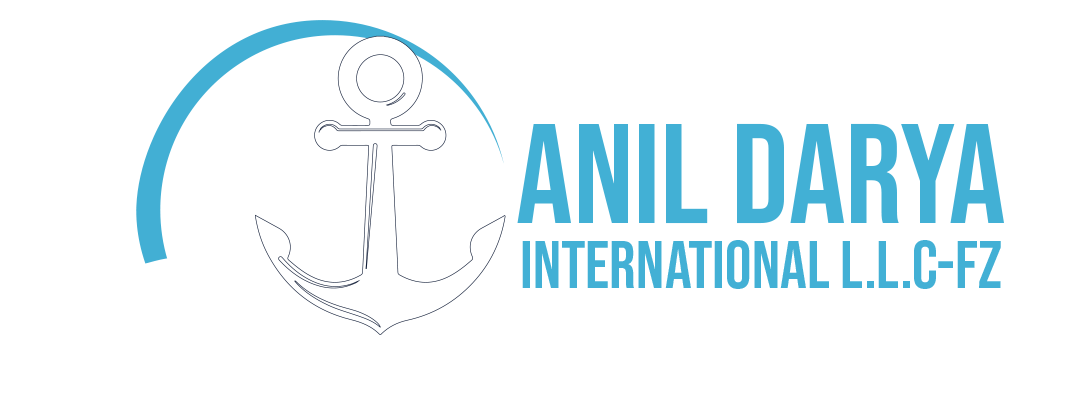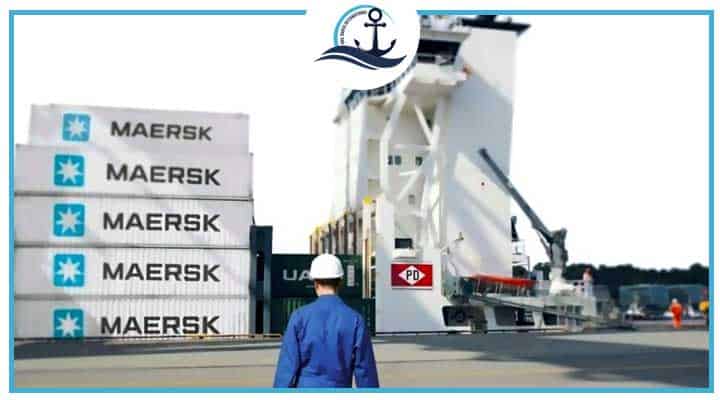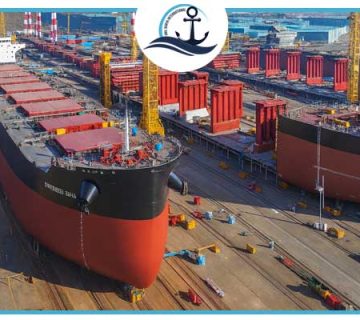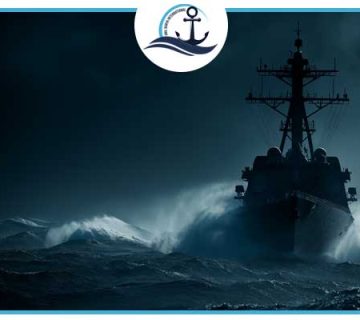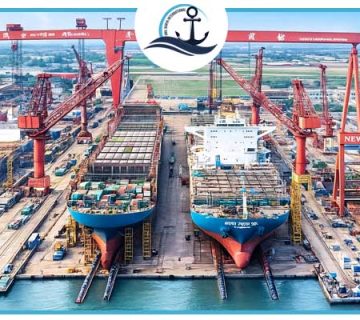|
Getting your Trinity Audio player ready...
|
German Shipowner Strengthens Its Sea Freight Capacity
Hamburg-based Peter Döhle Schiffahrts is reinforcing its presence in global sea freight and container shipping with a fresh order for four Feedermax newbuilds in China.
Shipbuilding sources confirm the vessels, each with a capacity of 2,900 TEU, have been booked at CSSC Guangzhou Huangpu Wenchong Shipbuilding and are due for delivery between late 2027 and 2028.
This latest move underlines the company’s ongoing strategy to modernize and optimize its fleet for efficiency, sustainability, and compliance with tightening international maritime standards.
Chittagongmax Design and Scrubber-Fitted Vessels
According to Alphaliner, the new ships will be Chittagongmax dimensioned and scrubber-fitted, allowing them to meet IMO 2025 environmental guidelines while maintaining high operational efficiency.
Although employment plans have not yet been confirmed, shipbrokers suggest that Döhle’s investment may serve as part of a fleet renewal program, replacing some of the company’s older feedermax vessels nearing retirement.
With the Feedermax class being a vital link in regional sea freight routes, particularly across Asia and Europe, the new additions will strengthen Döhle’s role in short-sea and intra-regional logistics — a sector seeing steady demand growth.
Expanding Beyond Feeders: LNG Dual-Fuel Orders
Earlier in 2025, Döhle was linked to a separate order for five 8,400 TEU LNG dual-fuel containerships at Guangzhou Shipyard International, each priced at about $121 million.
These larger units form part of the company’s broader decarbonization and diversification efforts, designed to offer charterers cleaner, more fuel-efficient options on key trade lanes.
The German owner has also diversified into bulk shipping, recently adding two modern Kamsarmax bulkers to its fleet.
Together, these moves highlight a strategy of balanced fleet growth, spanning both bulk and container markets, to capture opportunities in an evolving global logistics landscape.
Renewed Focus on Fleet Modernization and Energy Efficiency
Peter Döhle’s latest contracts represent a strategic expansion following its major investment in 2024, when the company ordered four 14,000 TEU containerships from Hudong-Zhonghua Shipbuilding, part of CSSC.
Those vessels, costing approximately $150 million each, were methanol-ready, scrubber-fitted, and marked Döhle’s first major newbuild initiative in nearly a decade.
Deliveries for the larger units are expected between 2026 and 2027, aligning with global efforts to reduce emissions across the containerized sea freight industry.
By combining Feedermax, mid-size, and large post-Panamax vessels, Döhle is positioning itself to remain competitive in all major container segments — from short-sea feeder trades to transoceanic shipping lanes.
Growing Demand for Modern, Fuel-Efficient Ships
The latest order from Peter Döhle comes amid an industry-wide push for eco-efficient feeder and mid-sized containerships.
Other prominent owners — including Chartworld, Arkas, Costamare, Interasia Line, Ciner Group, Minerva Marine, Eastern Pacific Shipping, and XT Shipping — have all placed similar orders this year.
These newbuilds reflect the continuing confidence in global sea freight growth, especially within the European–Asia trades, which remain crucial to international commerce.
According to shipbrokers, the feeder sector has become increasingly attractive as port congestion, regional trade diversification, and environmental regulations drive demand for modern, lower-emission tonnage.
Strategic Importance for Global Sea Freight Networks
The Feedermax vessels ordered by Döhle are designed to operate efficiently on short and medium-haul routes — connecting major hub ports such as Shanghai, Singapore, Rotterdam, Hamburg, and Jebel Ali with regional terminals.
These routes form the backbone of international sea freight logistics, enabling just-in-time supply chains and the redistribution of containers between transshipment hubs and local markets.
With new, cleaner tonnage entering the fleet, Peter Döhle will enhance its ability to serve liner operators seeking compliant, reliable, and fuel-efficient vessels under time charter.
This development also aligns with global trends favoring greener logistics solutions, where operators and charterers aim to cut carbon intensity and meet ESG targets.
The Broader Industry Context
As the maritime industry transitions toward decarbonization, leading owners like Döhle are making long-term investments in dual-fuel propulsion, hybrid systems, and advanced hull designs.
Shipyards in China and South Korea remain key partners in this transformation, providing competitive construction slots and technology packages.
With shipyard capacity tightening due to strong demand for alternative-fuel newbuilds, Döhle’s early booking at Guangzhou ensures access to timely delivery slots before the next cycle of cost increases.
Looking Ahead: Sea Freight Outlook for 2026–2030
Industry analysts expect steady growth in global container trade, driven by recovering demand in Europe and the Asia–Pacific region.
Feeder networks will play a crucial role in connecting secondary ports to primary hubs, especially as megaships continue to dominate the mainline trades.
For sea freight operators, flexibility and fuel efficiency will remain key success factors.
Döhle’s investments across multiple vessel classes — from feeders to post-Panamax — demonstrate foresight in preparing for this next decade of sustainable maritime transport.
